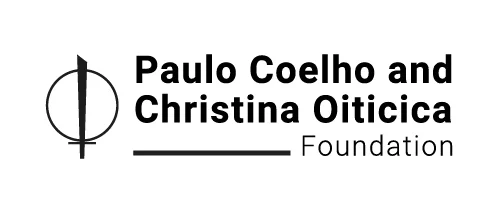‘Dichotomie’ inaugurates the Paulo Coelho Foundation and Christina Oiticica’s space in Geneva
Exhibition brings together works by Christina Oiticica, TxaTxu Pataxó and Sergio Zalis around themes of ancestry, nature and symbolic connection
Event Details:
DICHOTOMIE
Paintings: Christina Oiticica and TxaTxu Pataxó
Photographs: Sergio Zalis
Inauguration: 27th of May
Visitation: From 28/May to 31/October’25
Location: Fondation Philanthropique Paulo Coelho et Christina Oiticica
Address: L’Espace des Arts – Chemin du Velours 26, 1231 – Conches – Geneva – Switzerland
Entry: Free
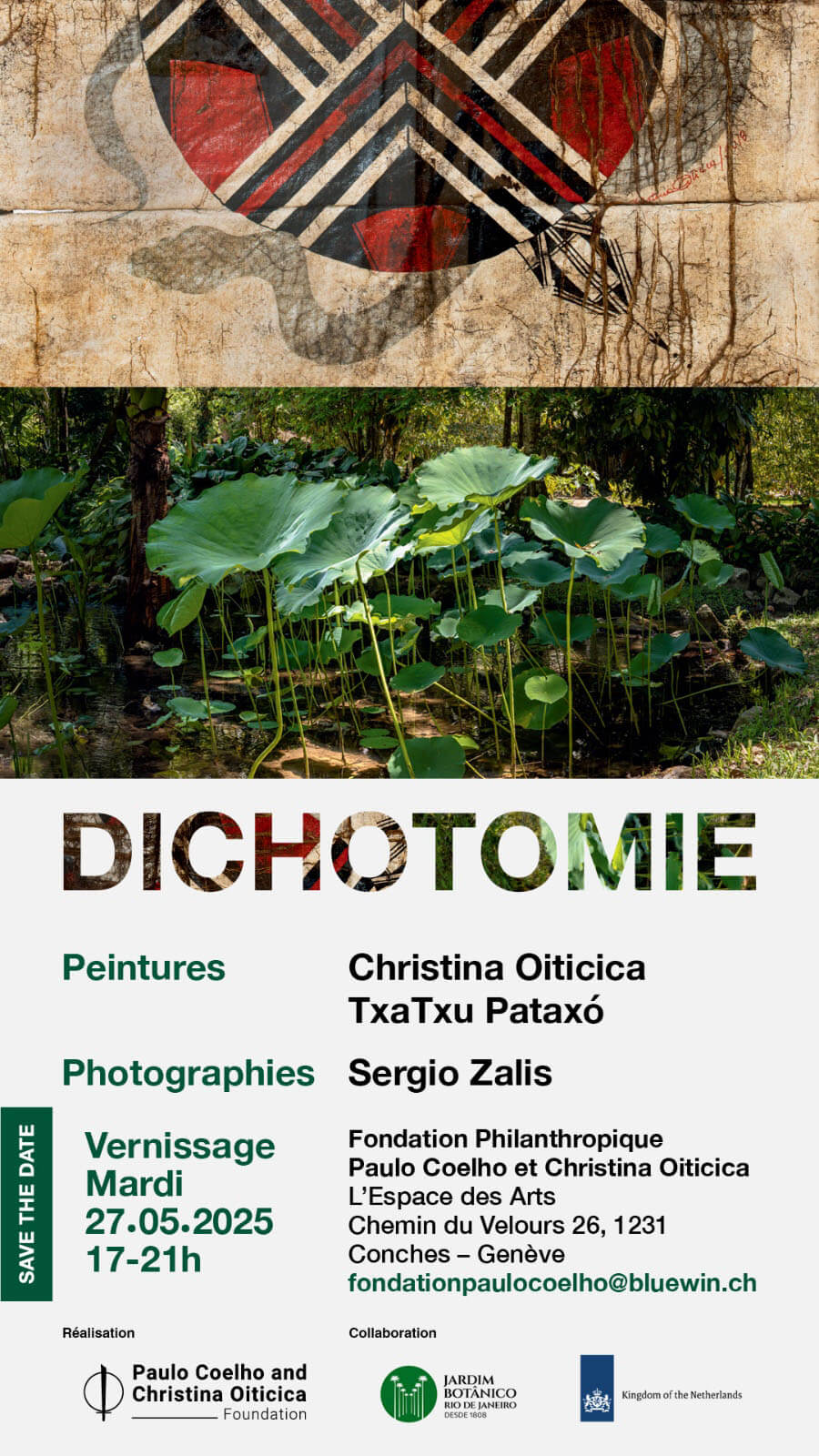
On May 27th, the Paulo Coelho Foundation and Christina Oiticica in Geneva will inaugurate L’Espace des Arts, their new space dedicated to exhibitions. The debut features “Dichotomie”, an exhibition that gathers works by Christina Oiticica, TxaTxu Pataxó and photographs by Sergio Zalis. Curated by Marcelo Mendonça, the show proposes an artistic and symbolic immersion into duality, ancestry, and the connections between nature and culture. It runs until October 31st.
Through paintings, graphics, and photographs, “Dichotomie” invites contemplation of halves that do not oppose but complement each other in harmony. They are parts that dialogue and fuse to form a living, pulsating, and sacred whole.
“I had already done a project with the Katukinas in the Amazon in 2004, involving women interfering with my paintings, which I buried in the village. I felt like doing something related to Brazil again. I did some research and started painting circles, which are female symbols and tribal paintings loaded with meanings from rituals.
Later, I integrated Brazilian animals, such as the snake, which I love, and other elements of fauna. When I thought about expanding this idea, I talked to Marcelo, and he introduced me to TxaTxu, a Pataxó artist. I sent him the canvases, and he made interventions on them and buried the works in his village under a ceiba tree for a year.
When TxaTxu unearthed and sent them back to me, I was amazed to see the roots of the tree marking the paintings. The work was full of life. The first name I gave to the exhibition was “Roots”, because that’s what remained: the roots of the land, culture, and art,” says Christina Oiticica, who is a reference in Land Art and has also buried works in Japan, India, Rio de Janeiro, and even had more than a hundred pieces underground along the Camino de Santiago de Compostela.
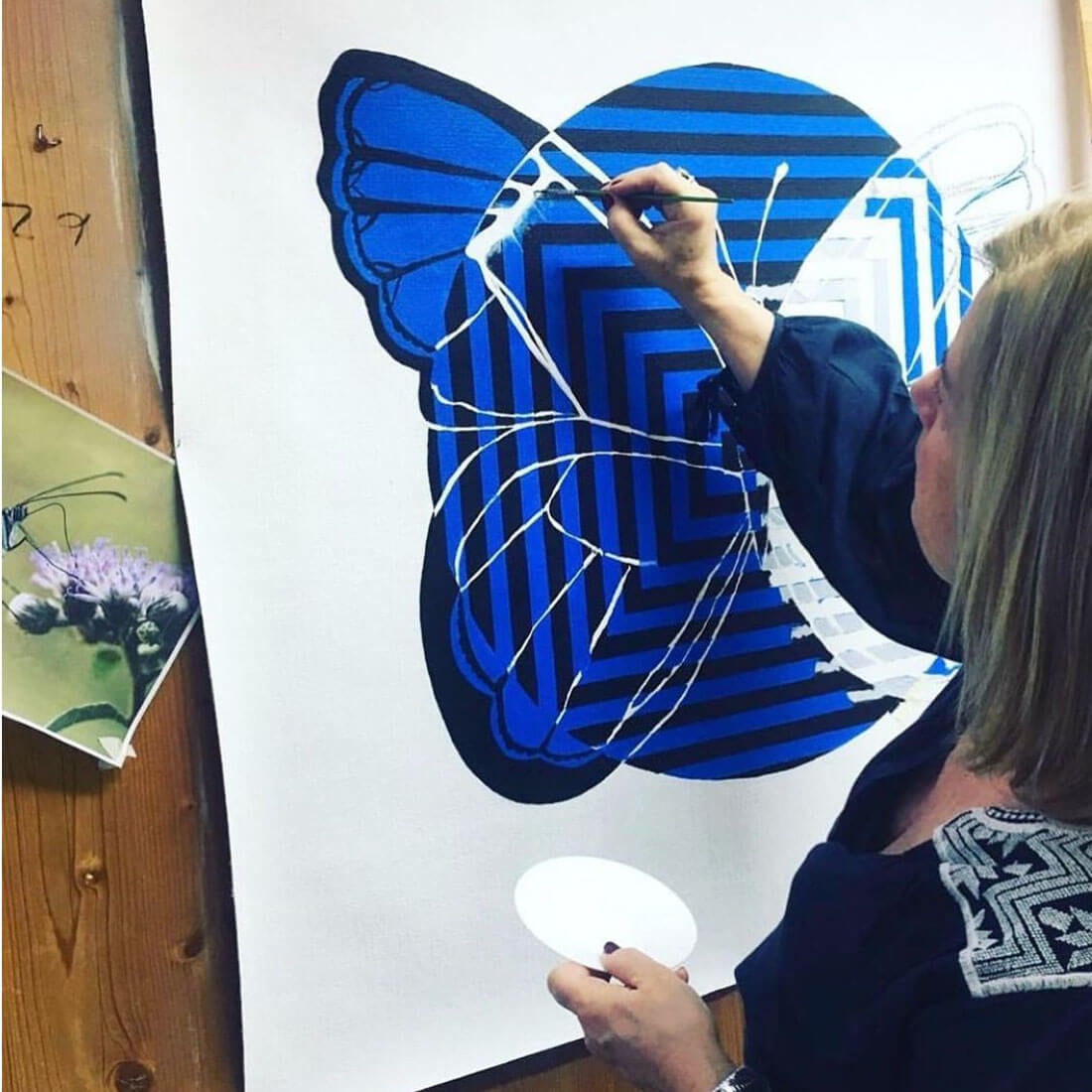
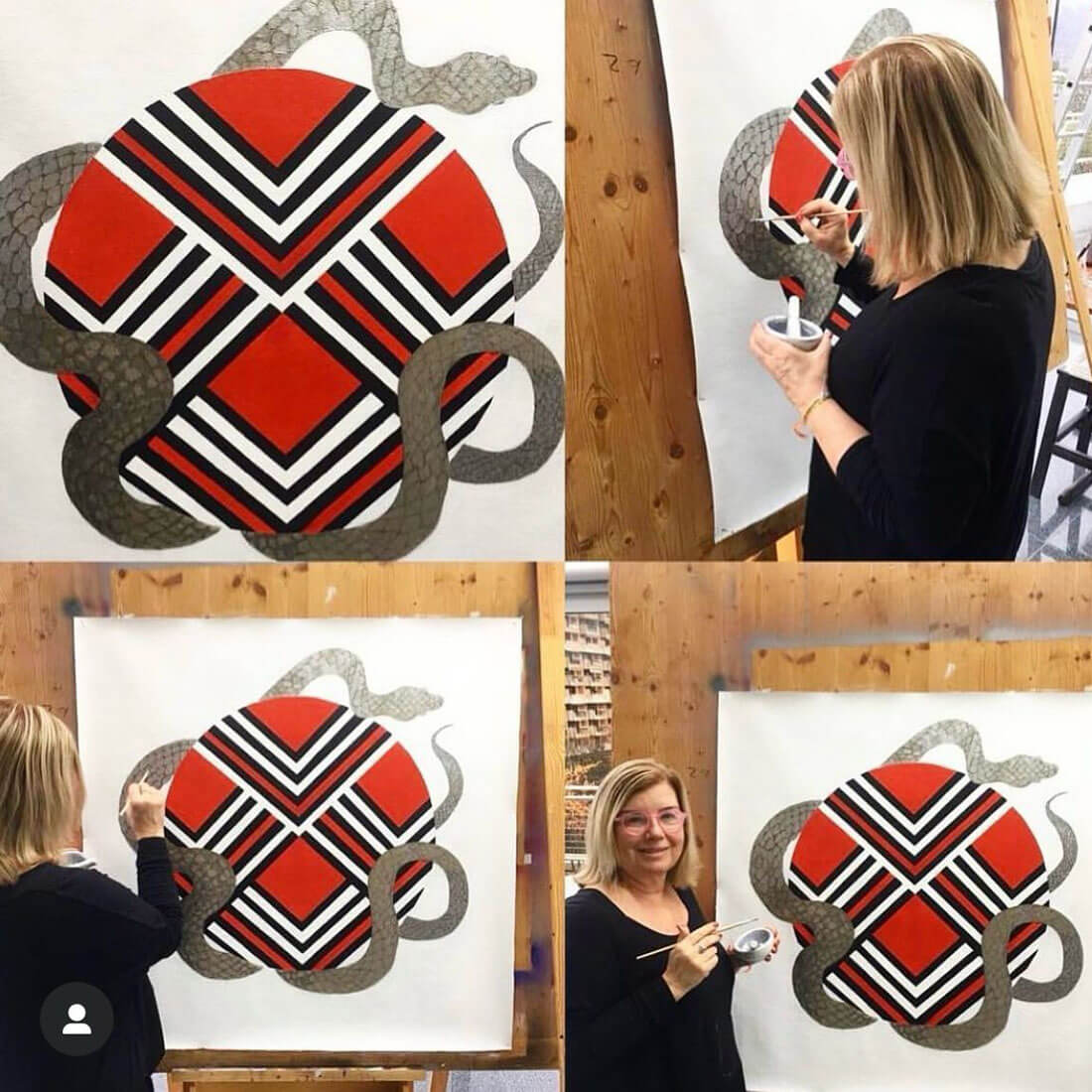
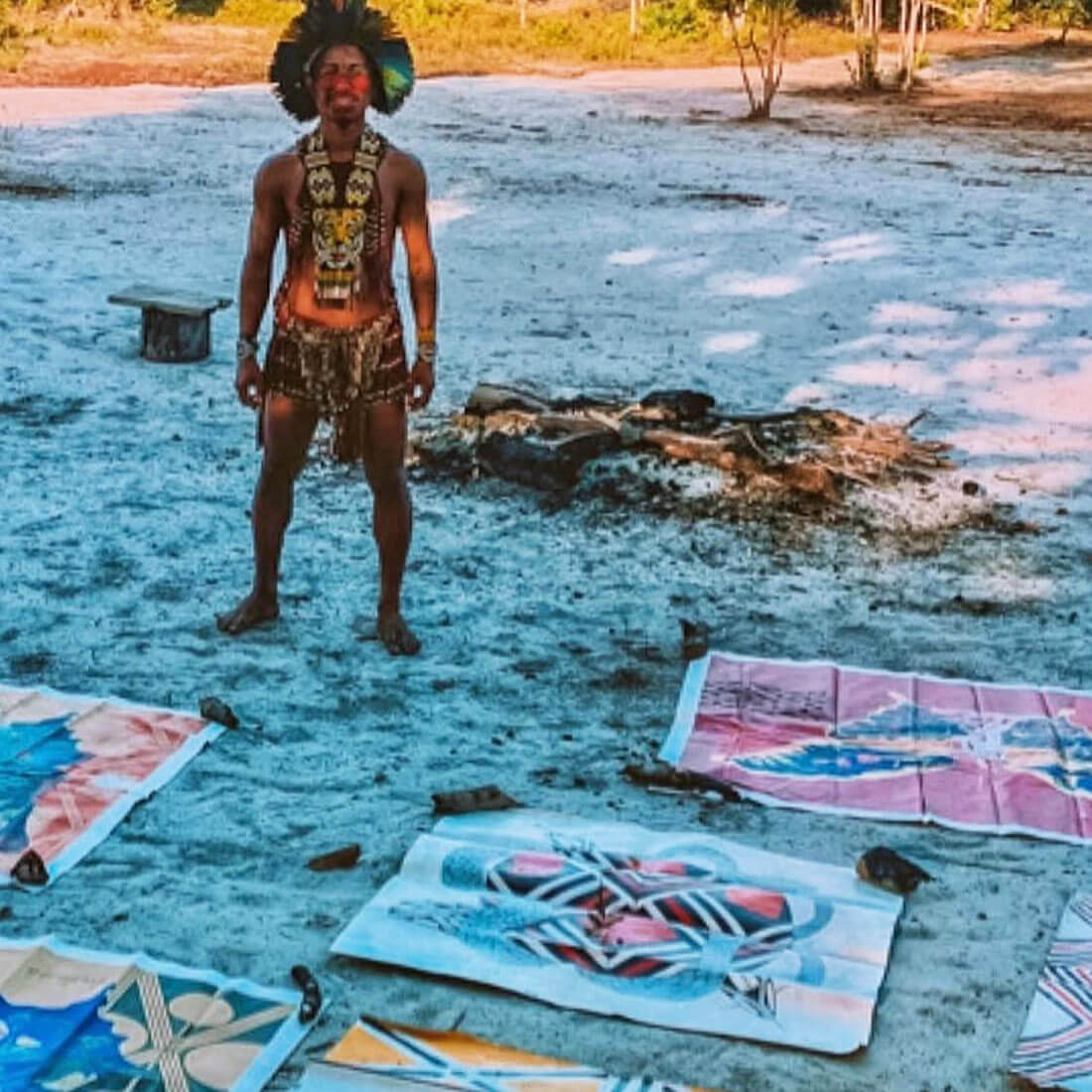
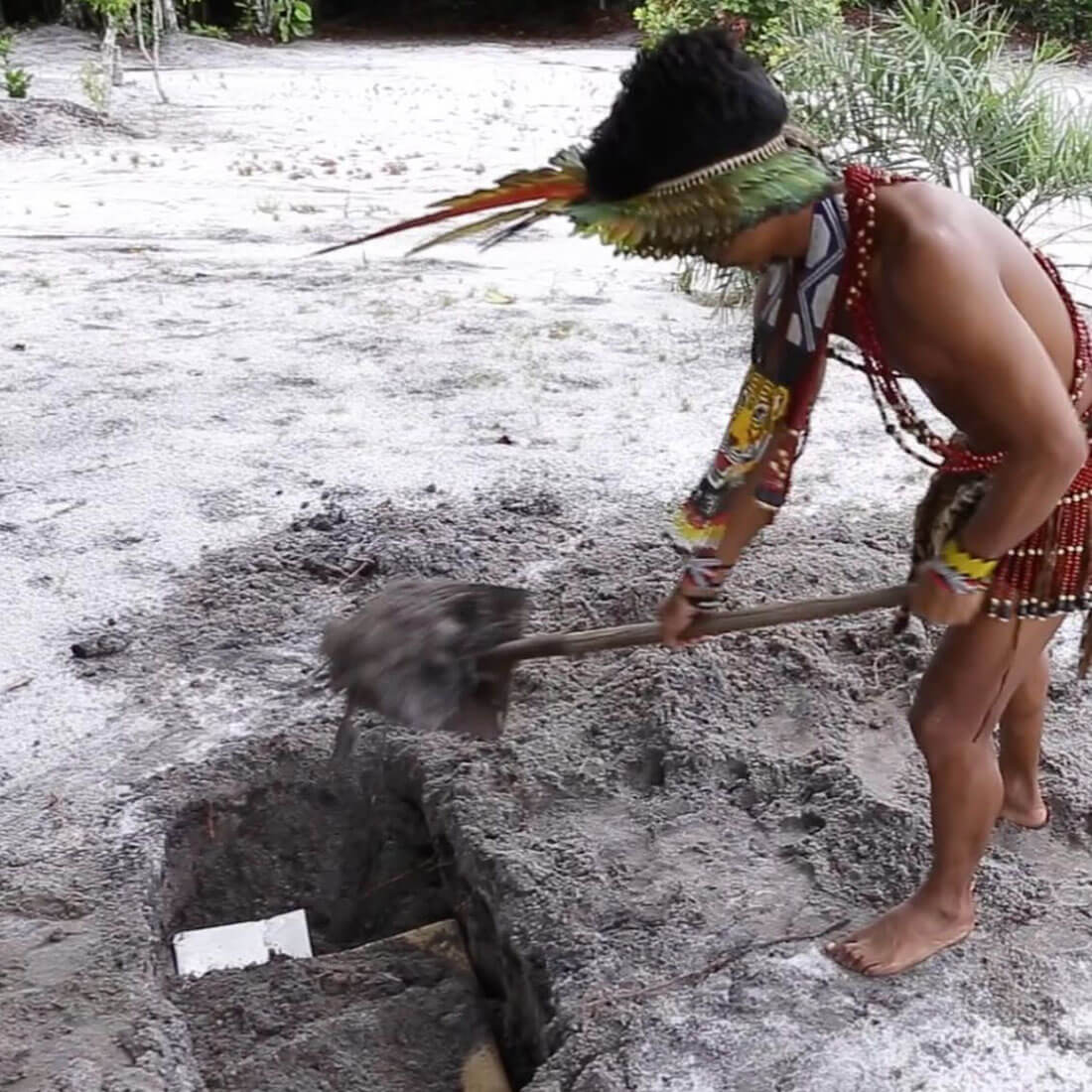
The co-creation process began in Geneva in 2019, went through the Mãe Barra Velha village in southern Bahia (from April 2021 to August 2022), and was completed again in the Swiss city.
The journey was documented in the short film “Raízes” by Leonardo Barreto, which was shown at festivals in Trancoso in 2023, Give Peace A Screen in Italy, and Cine 73 in Bahia in 2024. The vernissage in Geneva will be marked by the first face-to-face meeting between Christina and TxaTxu, who until then had only communicated via video calls.
“I am TxaTxu Pataxó, from the territory of Mãe Barra Velha Village, the first people to have contact with civilization. I am a young apprentice developing Pataxó graphic art at Porto do Boi reserve. I received Christina’s invitation to share my graphics with her art. It was emotional. The result was surprising for both of us. We will continue this partnership,” affirms TxaTxu.
Dichotomie Collection
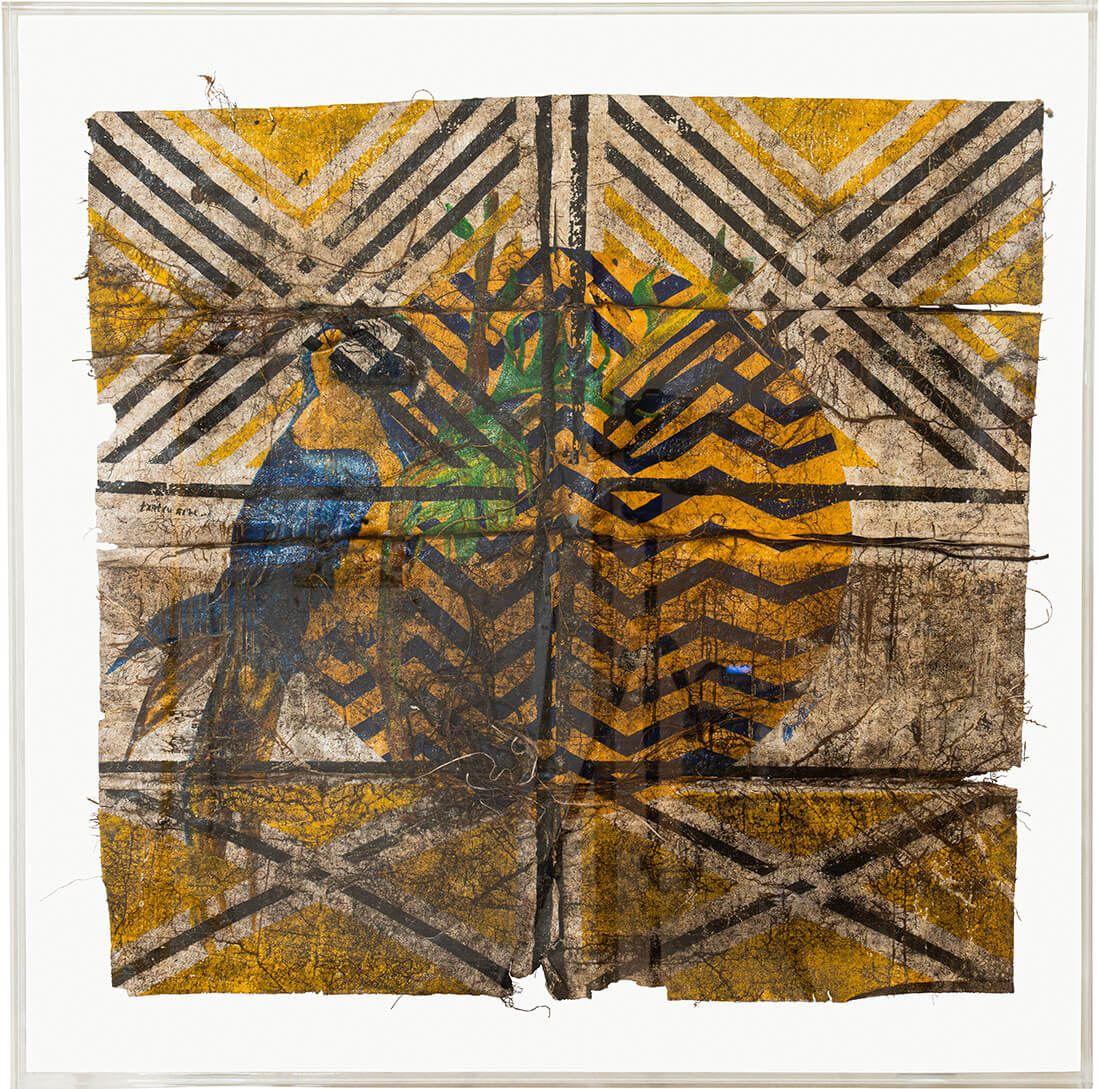
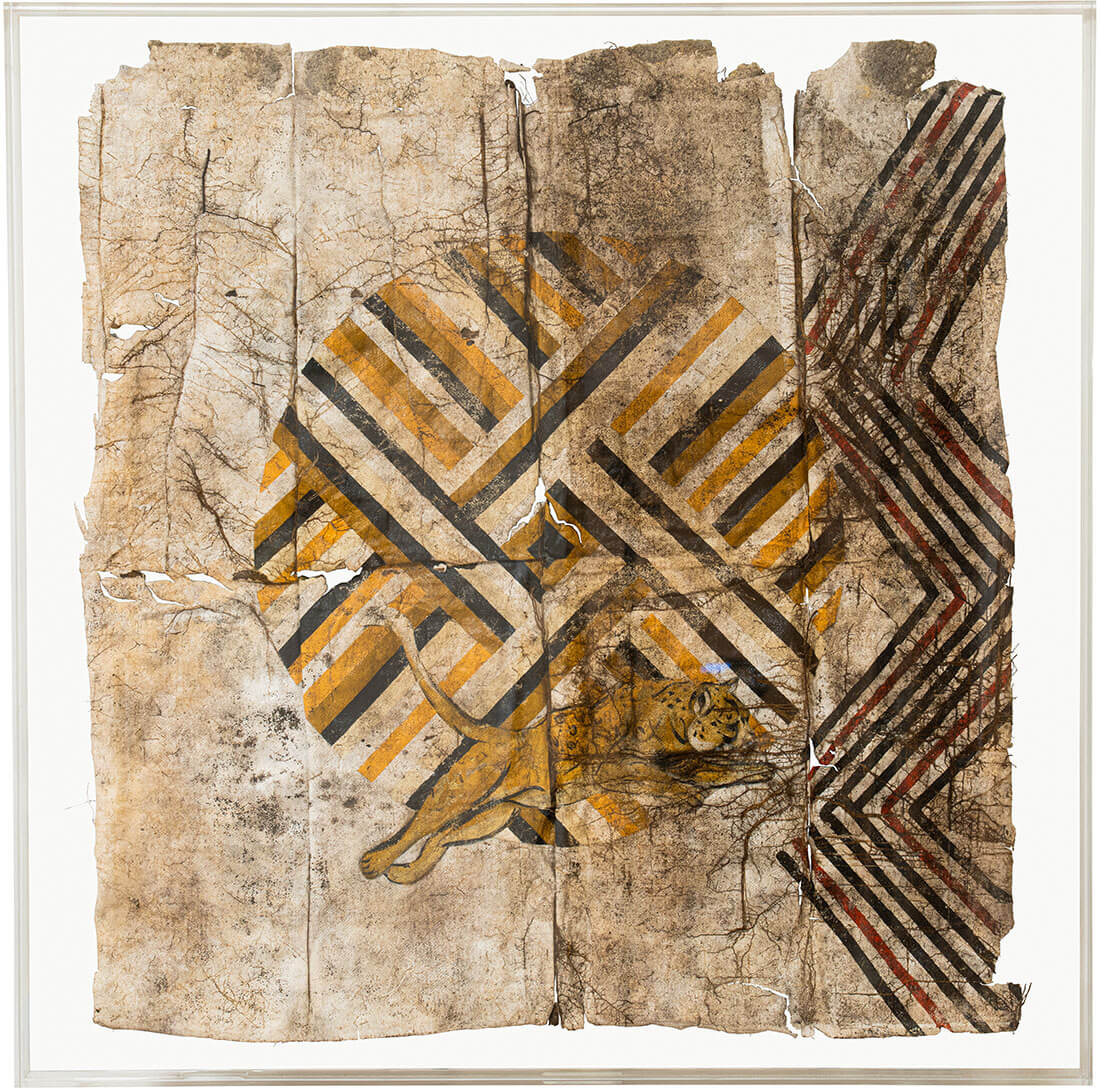
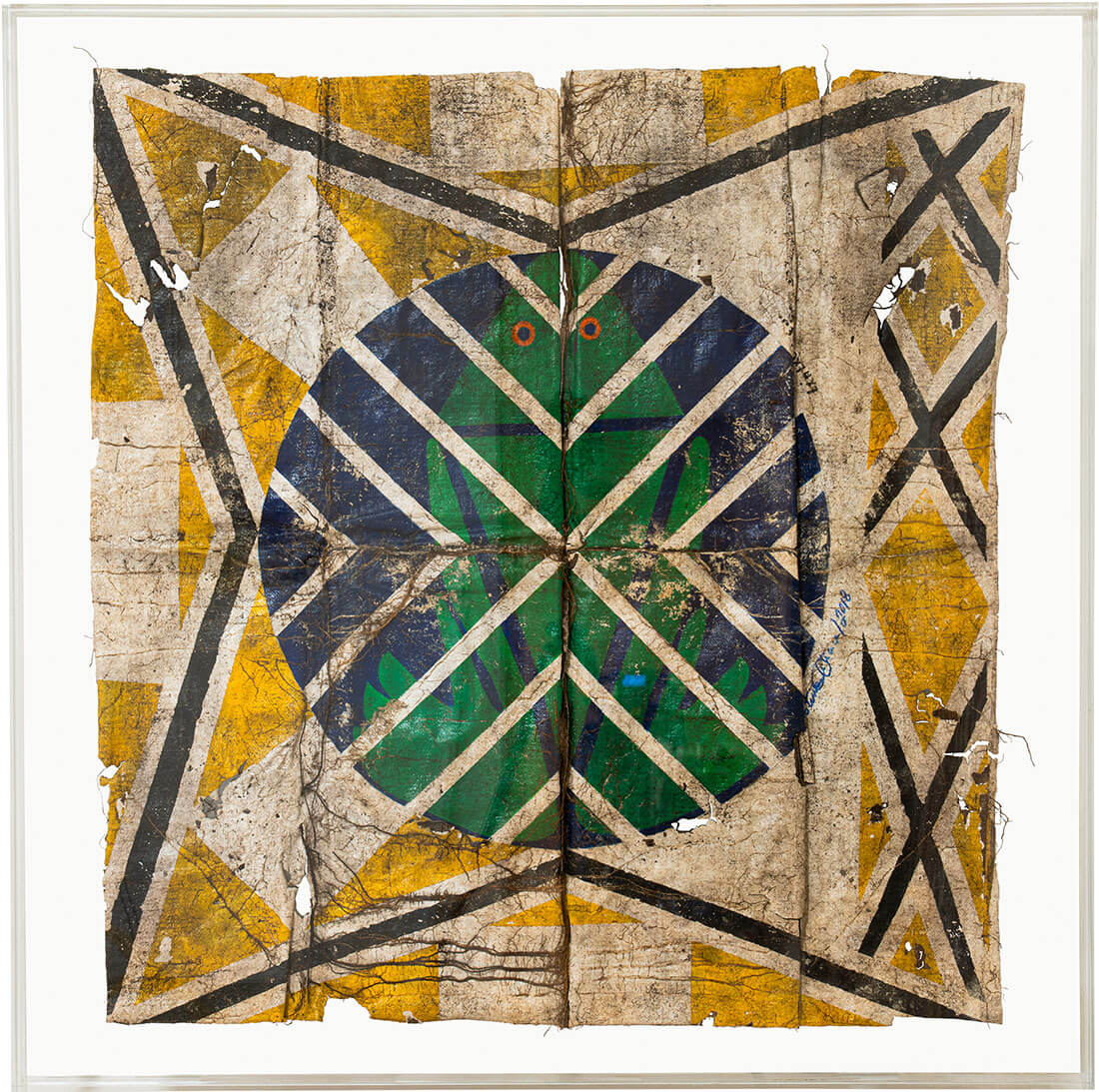
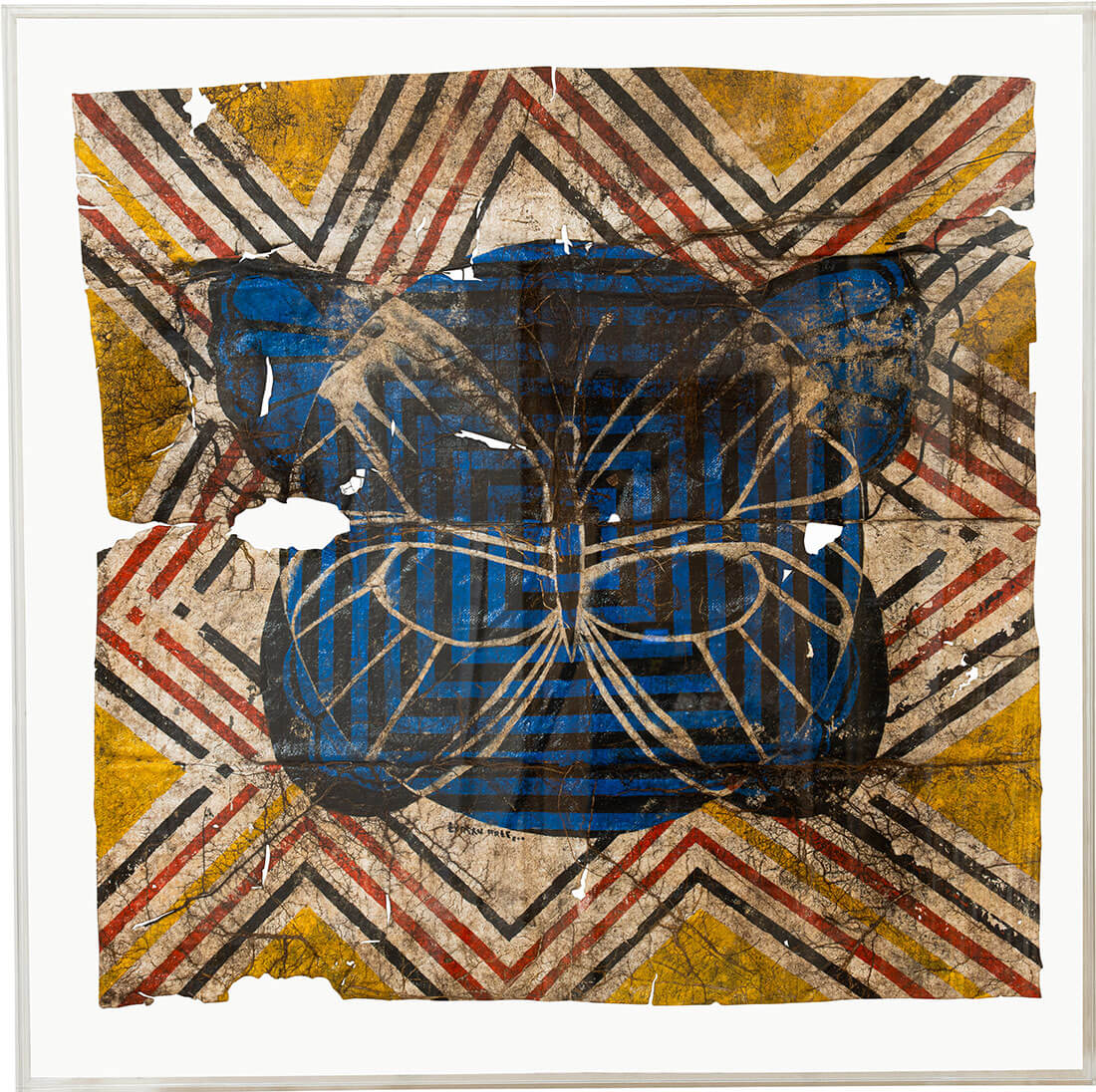
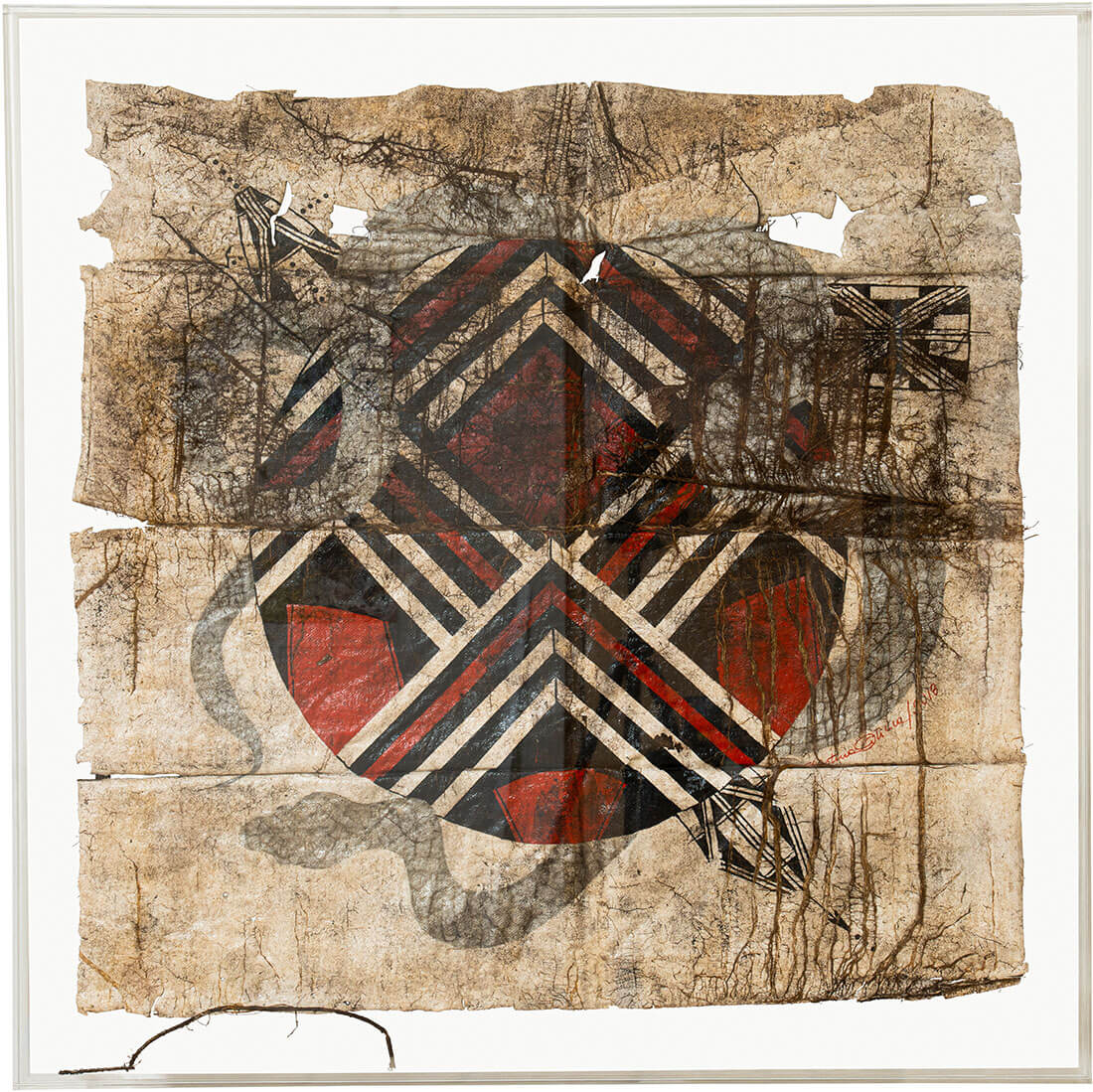
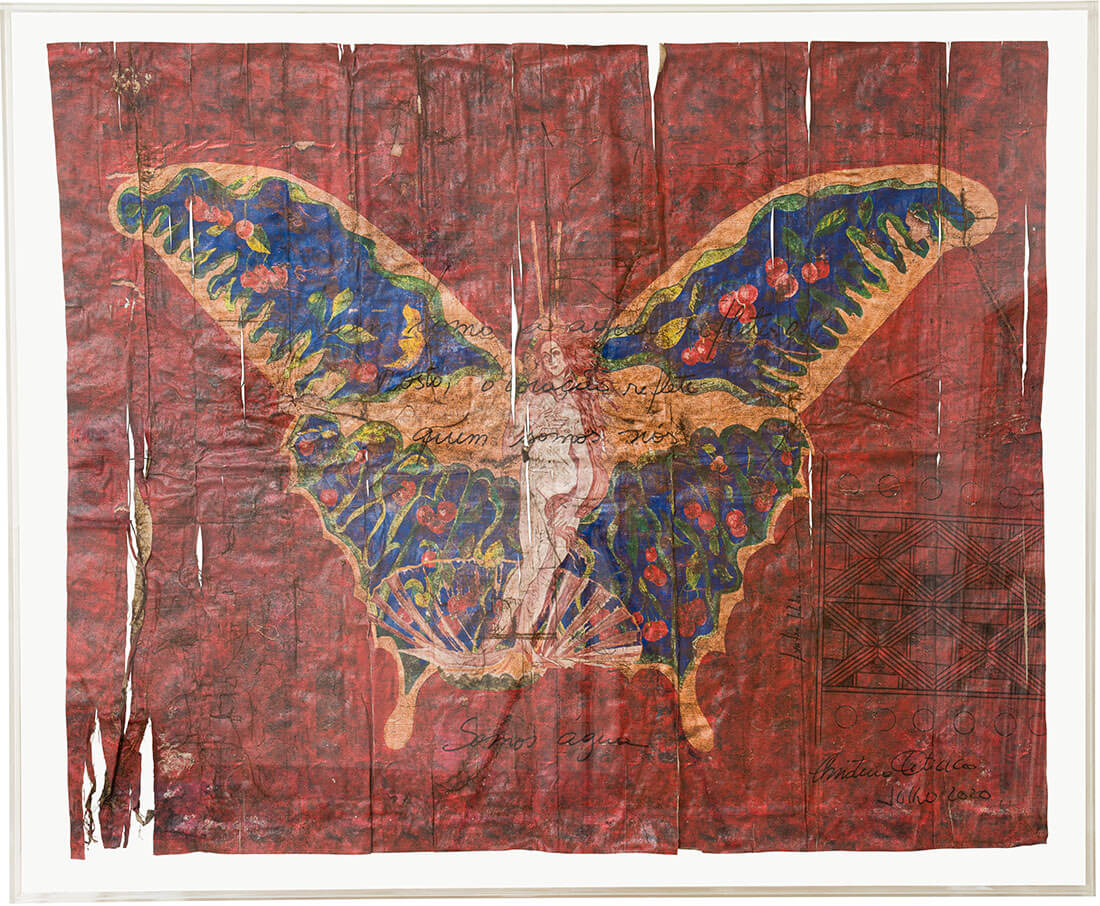
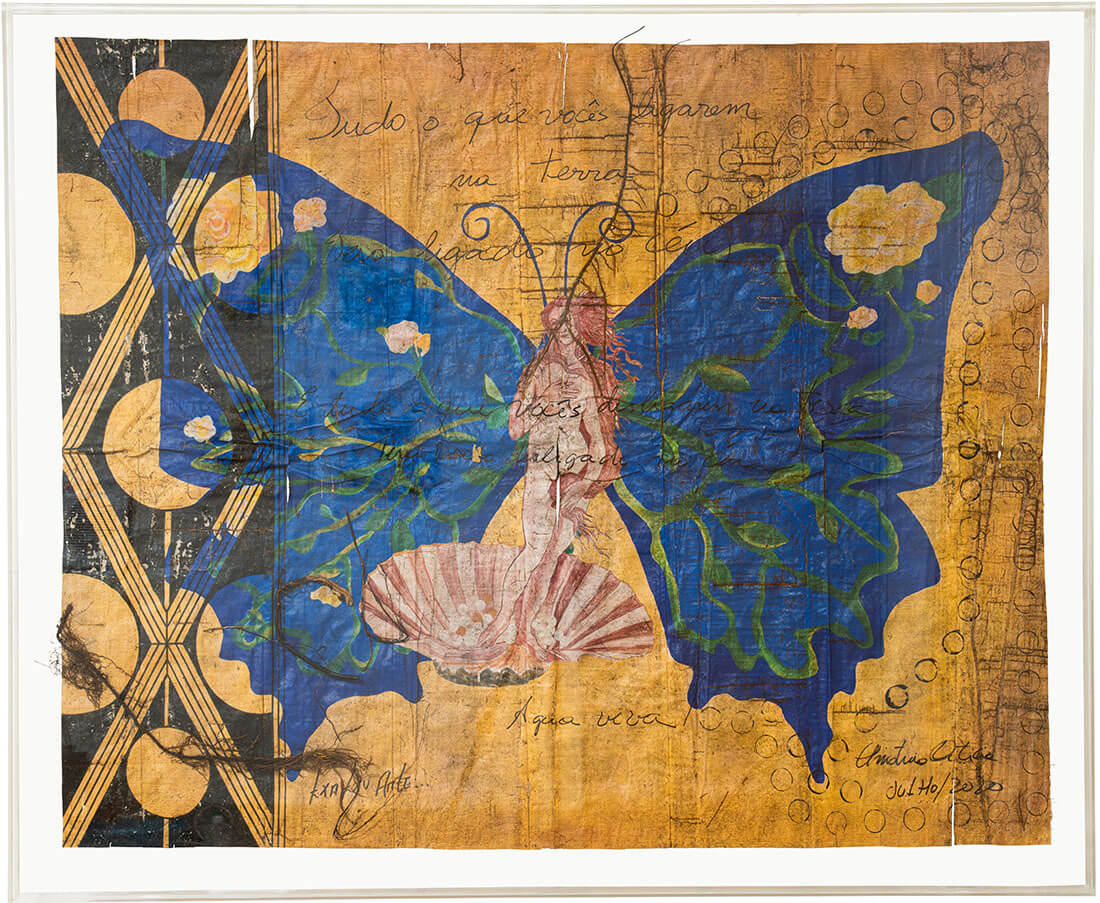
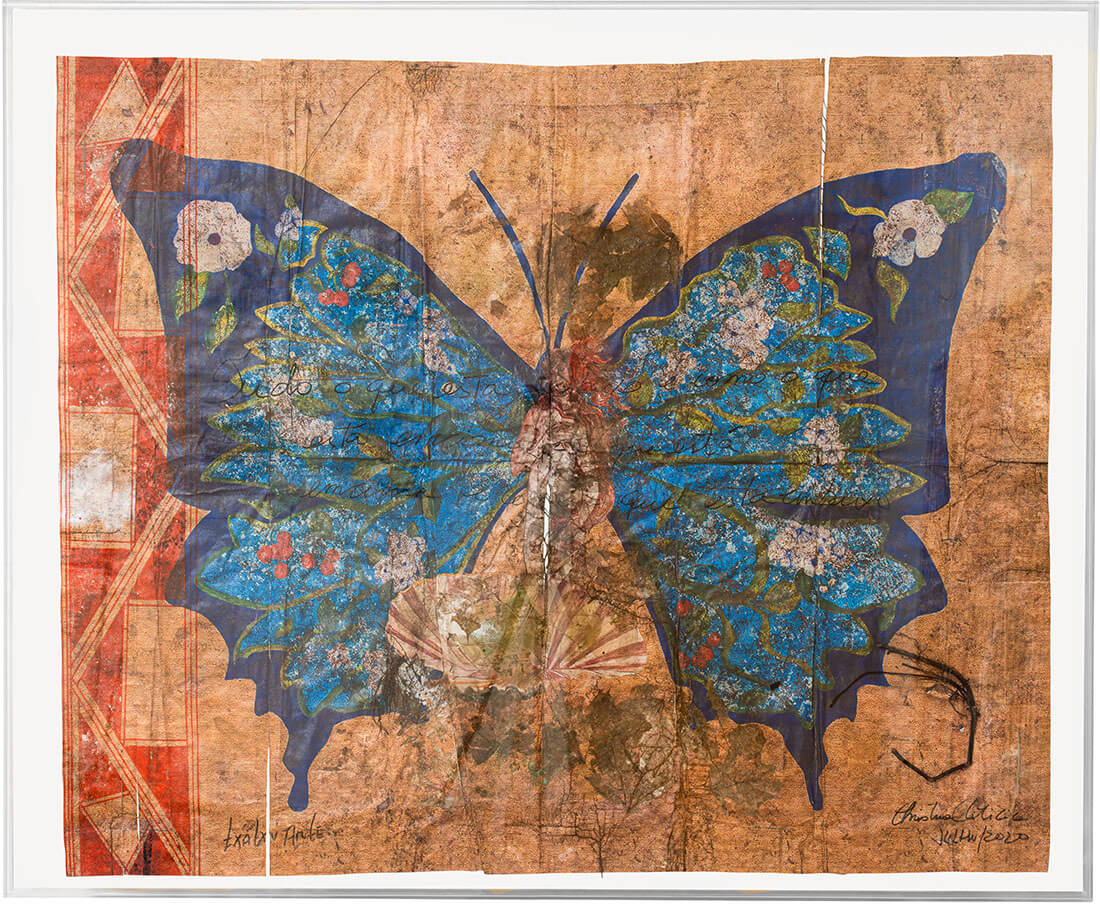
The exhibition is complemented by photographs by Sergio Zalis
Sergio Zalis, which depict the forest in its materiality, with images taken at Scheveningse Bosjes (The Hague, Netherlands) and the Rio de Janeiro Botanical Garden. His meticulous technique reveals the texture, strength, and complexity of vegetation, with an almost hypnotic clarity. The images convey a force that is both romantic and brutal, opening space for deep contemplation.
“I wanted to show this dichotomy using micro-universes, which are these two forests that are meaningful to me. One is here below my house, called Scheveningen Seboche. The other is in the Botanical Garden, which is also a place I have always frequented.
The lights are very different, especially in the Netherlands. There, you have four very marked seasons, mainly due to the light, and there are no mountains. The sun sets much more slowly and appears throughout the city until it finally disappears completely.
In Rio de Janeiro, it’s different; you have mountains around. Sometimes, it’s 4 p.m., and there’s no more light. You don’t see the sun. It’s a light reflected by clouds or whatever else. So, the lights are very different. However, my passion for both cities, for the greenery and forests, is the same,” affirms Zalis.
A Rio de Janeiro-born photographer with a solid background in photojournalism and visual arts, Sergio Zalis worked for over two decades in Brazilian and international press, covering major events and social themes before diving into personal research. His work moves between documentary and poetic styles, with a particular interest in the relationship between body, landscape, and memory. He has participated in exhibitions in Brazil and abroad, with images that reveal a rigorous, sensitive gaze deeply connected to the passage of time.
“In ‘Dichotomie,’ Sergio Zalis represents the forest as a physical body, while Christina Oiticica and TxaTxu evoke its symbolic inhabitants—animals and body graphics that echo ancestral knowledge. “Everything is interconnected. The works form an ecosystem of meanings where image, gesture, and spirit coexist in harmony,” explains curator Marcelo Mendonça.
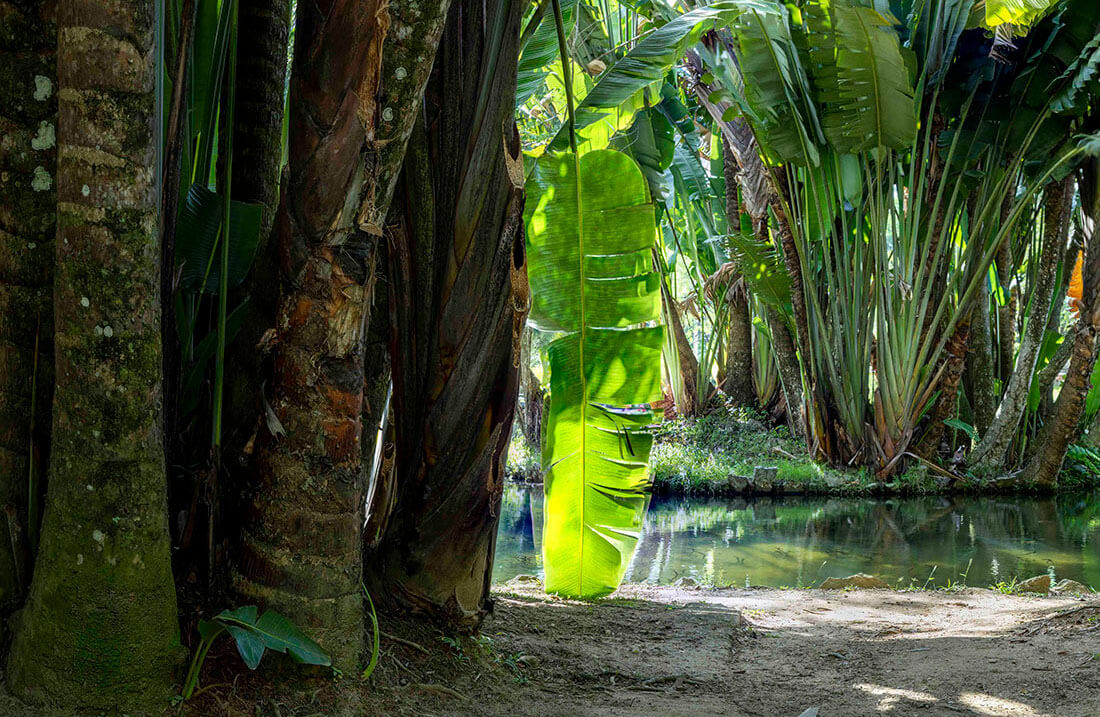
Photo: Sergio Zalis
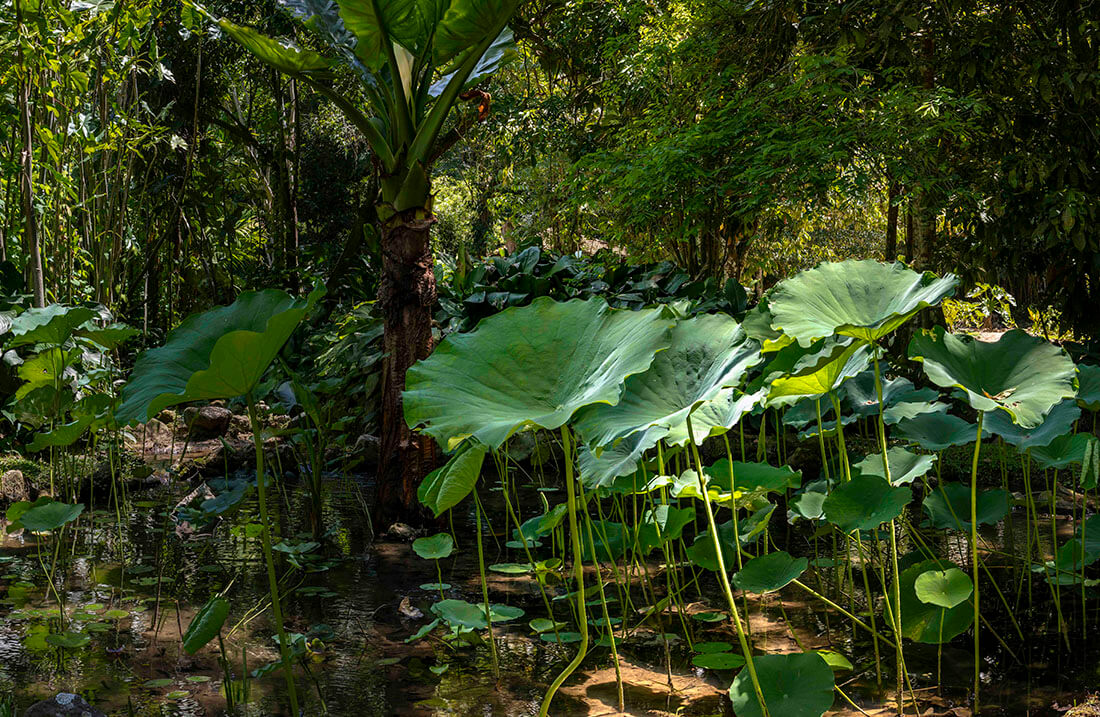
Photo: Sergio Zalis
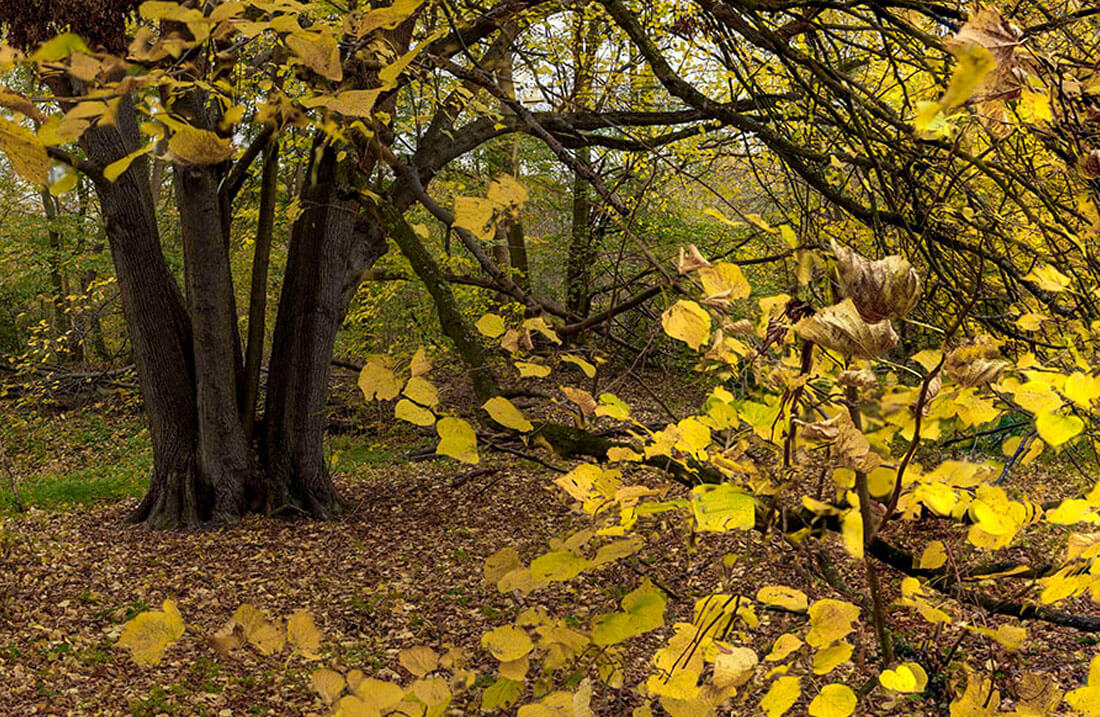
Photo: Sergio Zalis
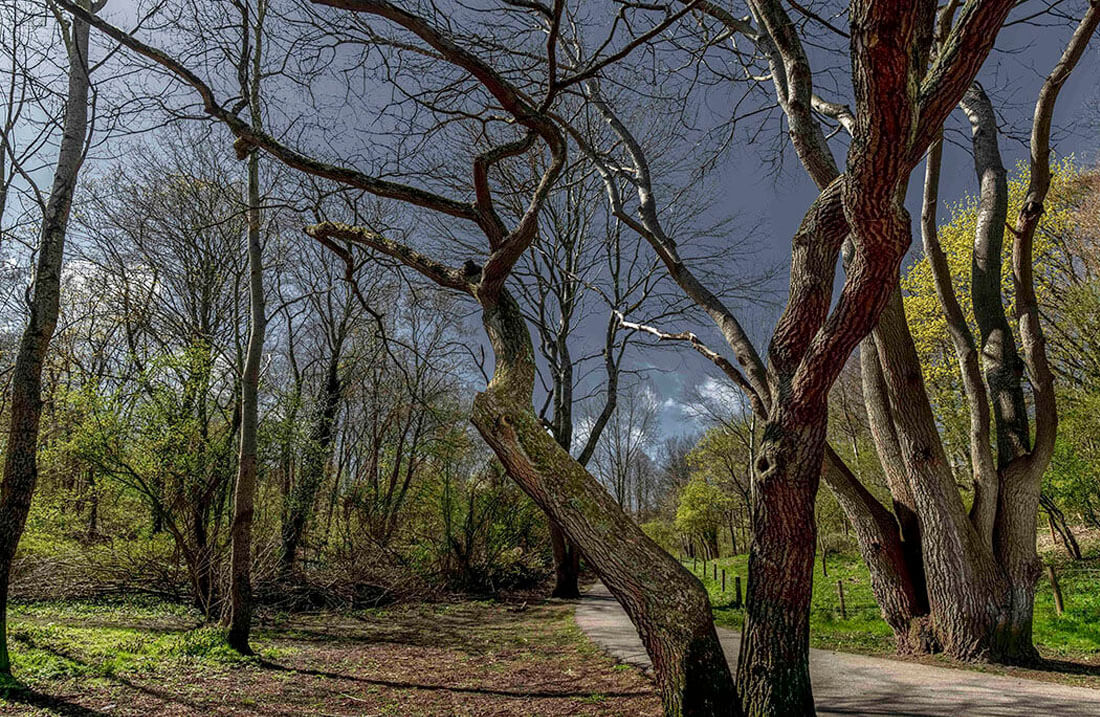
Photo: Sergio Zalis




